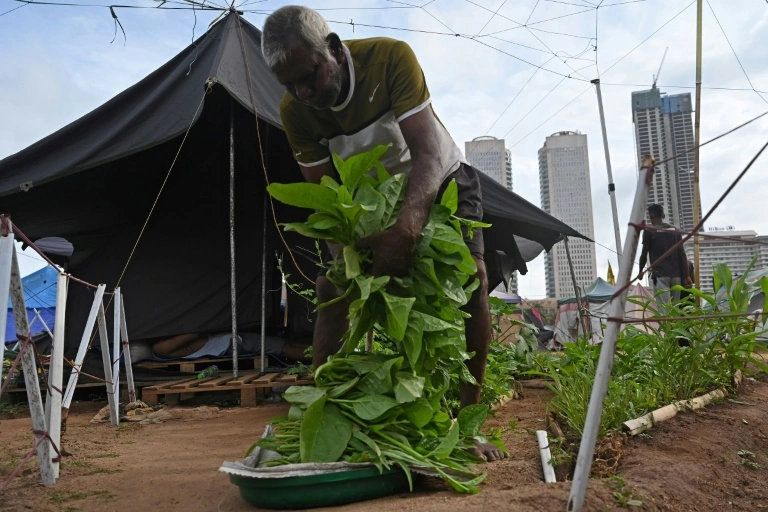COLOMBO, July 18 (ABC): His hair is neatly combed but his cheeks are sunken and veins visible on his gaunt frame: like many Sri Lankans, Milton Pereira and his family cannot afford to buy enough food. During the country’s worst-ever economic crisis, which has driven rampant inflation and spurred protests that last week brought down the president, Sri Lankans are buying less, eating less and working less.
“It’s very difficult to live, even a loaf of bread is expensive,” Pereira told outside his modest home in Slave Island, a poor enclave of the capital Colombo.
“If we take one meal, we skip another.” With six children in the family, the 74-year-old said the best they had been able to afford in recent weeks was the occasional fish, cut into small pieces for everyone. “Because we don’t have much money, sometimes we give the fish to the children,” he said.
The adults, he added, “only eat the gravy”. Triggered by the coronavirus pandemic, the country’s financial woes were exacerbated by government mismanagement, critics say. Peirera’s son, B. G. Rajitkumar, is an electrical labourer who has had no work for months.
“Food prices go up every day,” he said. “This exponential price rise is the most terrible thing I have ever faced.” Food inflation in Sri Lanka reached 80.1 percent in the year to June, according to official figures.
At a nearby vegetable store, residents pay 1,000 rupees ($2.80) for a kilo of gourd, twice as much as three months ago, and owner Mohamad Faizal said some of his customers were now buying as little as 100 grams a time. “The prices have gone up,” he said. “The main reason is there is no way to transport those items because there is no fuel.”

